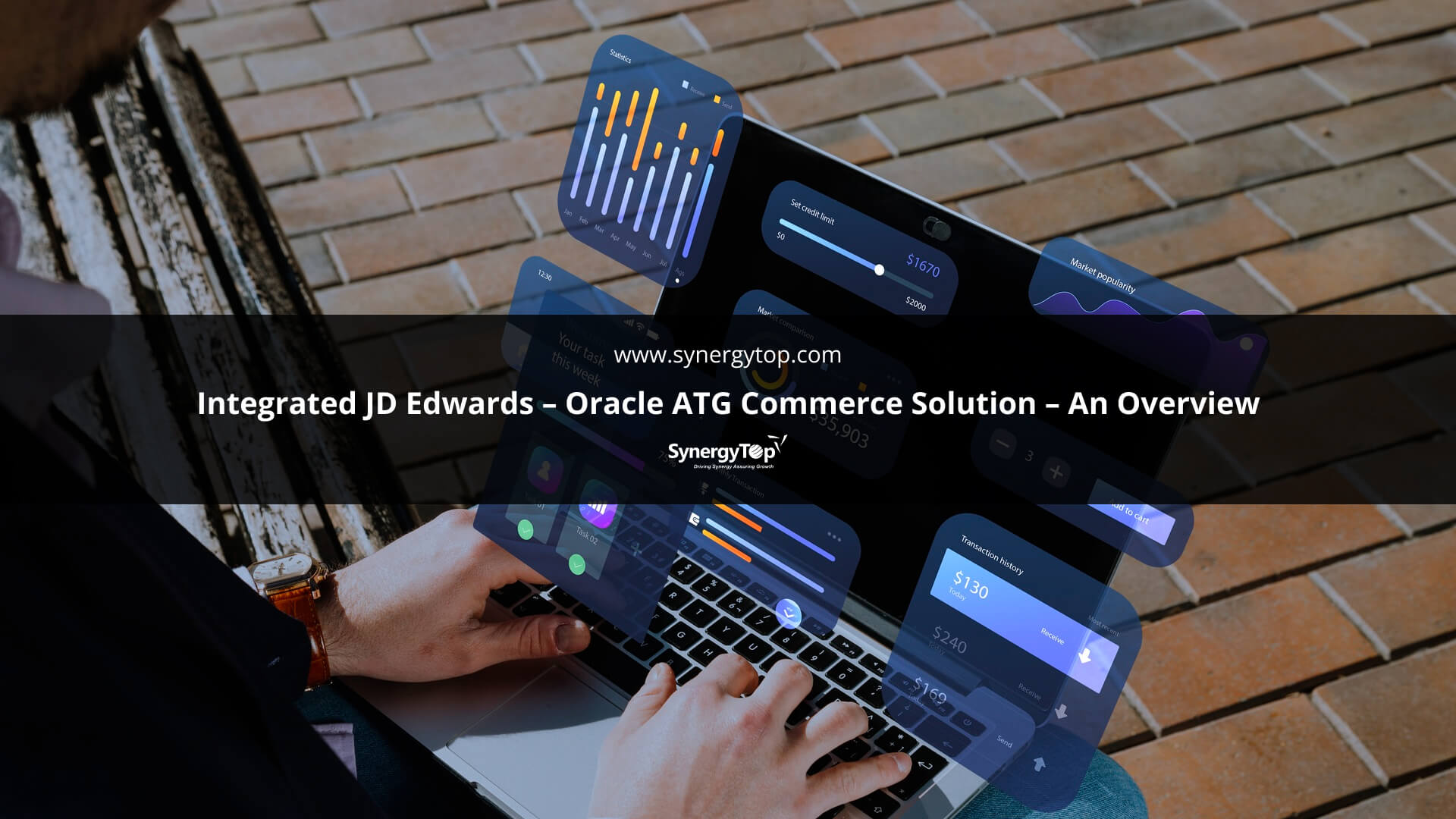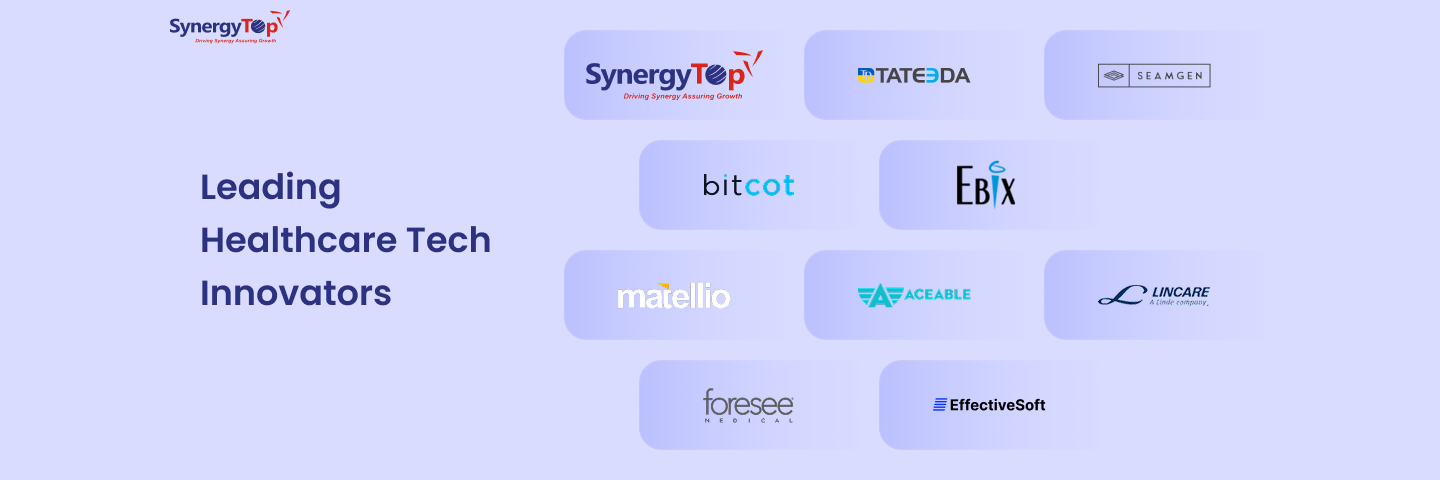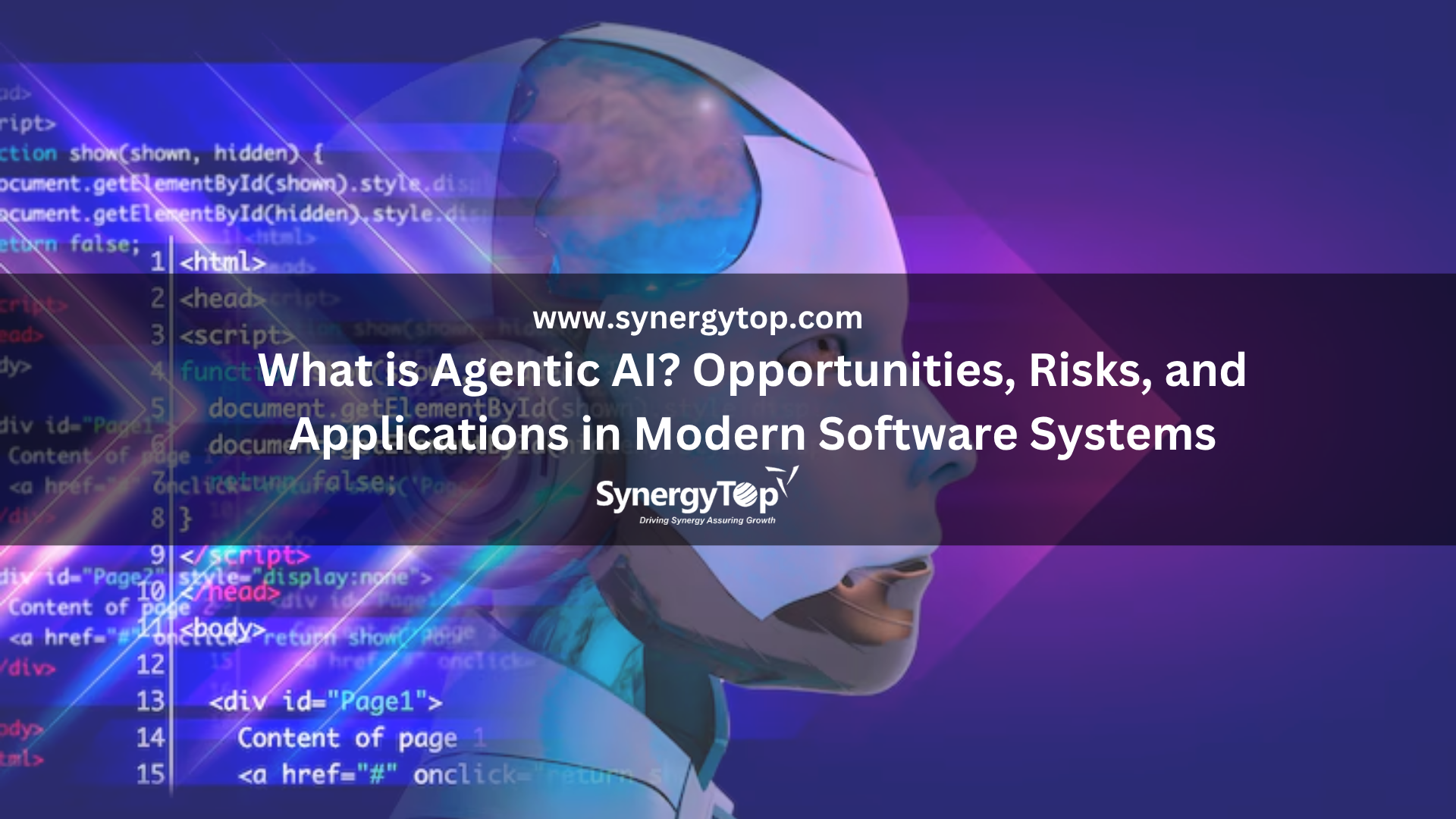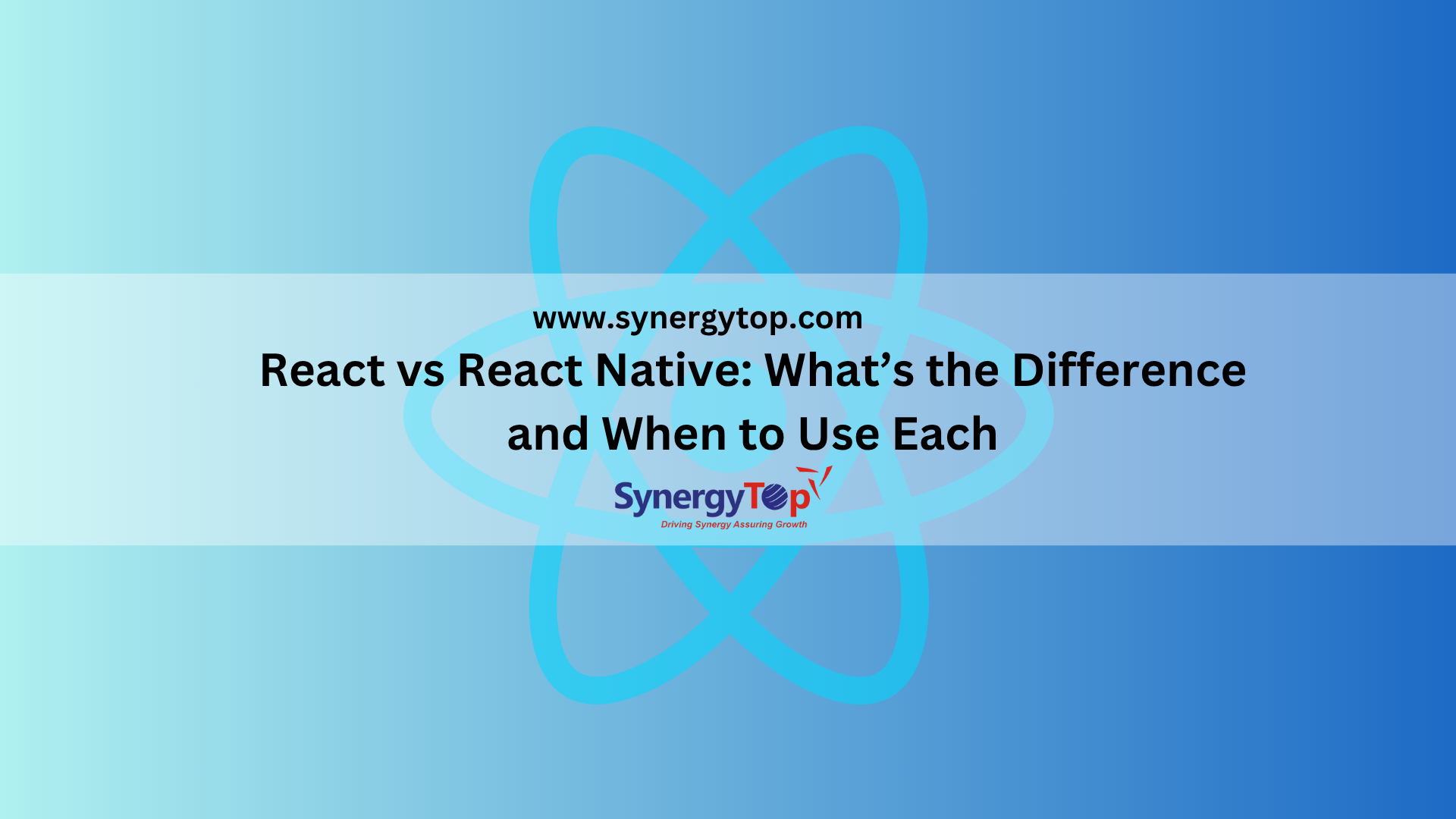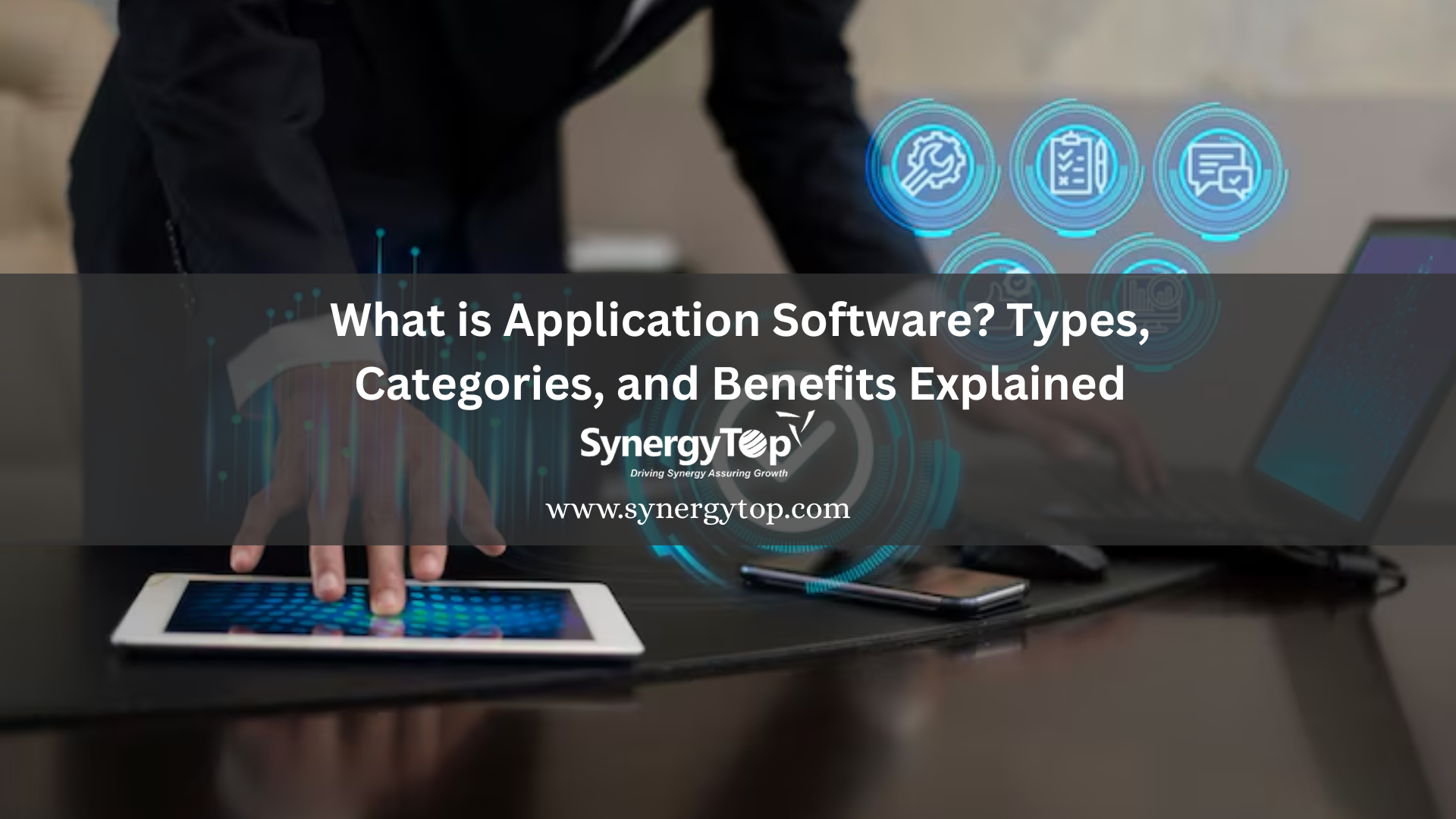Oracle Commerce ATG and JD Edwards are significant and large-scale Ecommerce and ERP Systems. Any integration between the two systems would be a challenging task; one that would involve Analysis, Right Process, Technical Skills and Insight of the systems.
You need to determine your business requirements and take appropriate decisions for successful System Integration. This would include determining, when to have Live Service calls between systems and which data can be interchanged over nightly batch feeds. The biggest challenge in System Integrations is DATA. This may include Customer Records, Product Catalogs, Inventory Details, Order History, Invoices, Sales Rep details, Prices, and so on. The integrated system must ensure that the data is synchronized.
This is how an integrated Oracle ATG and JD Edwards system looks like –

The ERP and Ecommerce system should be tightly coupled so that information to End User is always accurate. Here are some of the examples –
Product Price:
In an Ecommerce application, the price of a particular product may vary from customer to customer or site to site. There needs to be a live price call to procure the current price of the product which can be accessed from the ERP system. If the price is not changing and the price feed is in place as well, then the live price can be skipped and the product price can be taken from the price feed.
The product price can also be cached for 5 minutes or 15 minutes based on the user session. This will help to avoid frequent live price calls and will help to improve site’s performance.
Product Inventory:
The Inventory check should be accurate and the customers shouldn’t be misguided by any wrong inventory information. The Product Inventory can be checked and displayed on a site by having live inventory call to ERP system. It depends on the business whether to have live price call on all the pages where the inventory information has been displayed, as this may result into performance degradation.
To avoid this predicament, most of the organizations design their ecommerce application in such a manner that critical pages, such as Shopping Cart page, Order Review page etc. will display the inventory information based on live inventory call to ERP system. The remaining pages where inventory is being displayed can be accessed from the value coming in from nightly inventory feed.
Customer Specific Product Catalog:
In a B-to-B Ecommerce application, a few customers may not want products other than their own chosen catalog. Such customers keep adding/removing products in their catalogs on a daily basis. This information needs to be updated on the application on a daily/hourly basis (as per requirement). The ideal way to achieve this is to capture all such changes into a nightly feed from the ERP system and run appropriate scripts to update the Ecommerce Platform.
Product Catalog:
The Product catalog is a master catalog which consists of all the products and customer information. These products and related information typically come from ERP system. If a new product is added/removed/updated, it would need to be updated in the Ecommerce Portal as well. The best way to achieve this feat is to capture these alterations into a nightly feed from ERP system and run appropriate scripts to update the same in the Ecommerce Platform.
Sales Order History:
Once the order is submitted, an order confirmation email will be sent to the customer. Simultaneously, the order number and other relevant information will be shared with the ERP system. The ERP system will then share these details with the ATG system through nightly Sales Order History Feed.
This would include various Order Status like Entered, Backordered, Picked, Shipped, Cancelled etc. and will include the order tracking information, as well.
Invoices:
Once the order is charged, the relevant information will be stored in the ERP system. It will be displayed on the ATG Ecommerce portal after getting invoice related information through nightly invoice feed.
Customer Information:
Customer’s address and relevant information is captured and updated in the ATG System on a regular basis. The best possible way to record this information is to update/ add the details into a nightly feed from ERP System and run appropriate scripts to update the same in Ecommerce Platform.
Payment Gateway:
ATG system is designed to be integrated with third-party tools such as payment gateways. When the user is paying for his purchase, his payment details (card information, passwords, account details etc.) must be secured. Payment gateways, such as SnapPay, PayPal etc. can be used for the same.
Order Placement:
A tight coupling between ERP and Ecommerce systems need to be in place to place Order through various channels like Calling Sales Rep or Customer Service; and via Ecommerce Platform.
About SynergyTop –
SynergyTop is one of the key players in Custom Oracle Commerce Solution suite and have helped dozens of leading enterprise brands leverage Oracle Commerce to deliver engaging, relevant and profitable retail experiences.
Our key expertise is in integrating our customer’s ERP and CRM solution suite with their chosen Ecommerce platform to streamline the business processes and enhanced user experience. We also offer specialized services in Shipping, Payment and Tax Integrations.
SynergyTop is also proficient in other popular Ecommerce Technologies, Including, Elastic Path, SuiteCommerce, Magento, OS Commerce, and so on.


